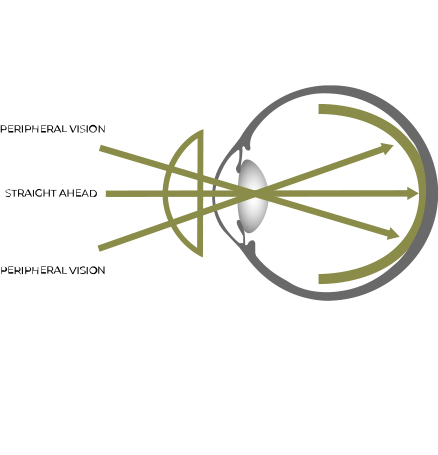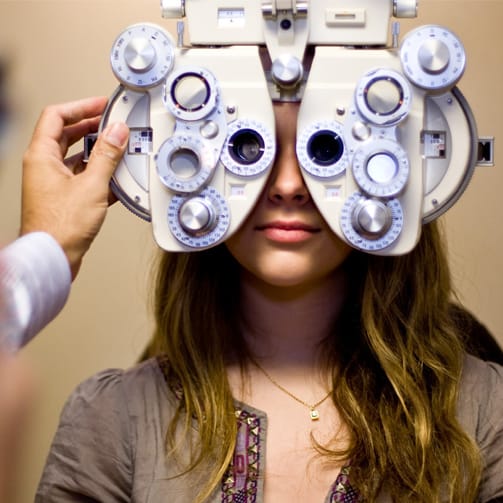MYOPIA CONTROL &
MYOPIA MANAGEMENT TREATMENT OPTIONS
Control Myopia With Myopia Treatment Options From Expert Optometrists.
Lynn Valley Optometry:
A LEADING CANADIAN MYOPIA MANAGEMENT TREATMENT FACILITY
Lynn Valley Optometry is a leading Canadian myopia treatment centre offering the most diverse methods to slow myopia progress and vision changes. Our patients, of all ages, are able to access our state-of-the-art technologies, the latest treatments, and expert optometrists to prevent, manage, and slow myopia progression and maintain good eye health later in life.
Myopia has been estimated to affect 1 in 3 children and as much as 40% of the Canadian population.
Myopia in children is quickly becoming a global epidemic. Studies have shown the progression of a child’s myopia increasing, showing up at younger ages and progressing more quickly than before; reasons for this increase could be due to our lifestyle changes over the past years. Myopia further increases the risk for macular disease, retinal detachment, and glaucoma: All good reasons to maintain healthy eye care, control myopia, and book regular eye exams to slow the progression of myopia.
It is estimated that by 2050, as much as
50% of the world’s population will suffer from myopia.
Uncorrected myopia often leads to struggles in school and activities for children and adults due to lacking clear vision. Without the proper corrective lenses and regular eye examinations, individuals with myopia can suffer from headaches, eyestrain, and difficulty in seeing objects that are far away; the progression of myopia can be difficult. Other complications of uncorrected myopia can include an increased risk of developing serious vision problems later in life such as glaucoma, cataracts, and retinal detachment. Other signs could include squinting or even feeling fatigued when driving or playing sports. If this sounds like you or someone you know, it’s time to see your eye doctor.
Cause of
Myopia
Myopic eyes are shaped differently; in a person with myopia, the eyeball is too long for the focusing power of the cornea and lens of the eye, causing rays of light to focus at a point in front of the retina rather than directly on the surface, where it would normally focus. Sometimes, it also happens when the cornea and/or lens is too curved for the length of the eyeball. It can also be caused by a combination of these things. While myopia generally begins in childhood, it can start later, and people are at higher risk if they have a family history of it.


What is
MYOPIA? Does it mean permanent nearsightedness?
Myopia is a common multifocal condition of the eyes, more well-known as nearsightedness or shortsightedness, or simply, difficulty seeing distant objects (your distance vision). It is caused by the physical shape of the eye, where light entering the eye focuses in front of the retina instead of directly on it. This causes distant objects to appear blurry. People with myopia can typically see objects close up more clearly than far away. Myopia can often be corrected using eyeglasses or contact lenses, or in some cases, refractive surgery. It can usually be helped and should be managed on an ongoing basis since ignoring it can increase the risk of serious eye diseases such as retinal disease, glaucoma, and cataracts.
